A must-read article by Levina.
This is not the first time when an intelligence officer came on the crosshair of Hamam, let us say Col Hunny Bakshi and Col Purohit are few of the officers who have survived to tell us their stories.

resonantnews.com
Col Hunny Bakshi Versus Hamam, When the Intel Officer Escaped Death by the Skin of His Teeth
This article is part-4 in the series. You can read
part-1,
part-2 and
part -3 in the links.
You can watch our video on this
Technical Support division,
TSD, was the name given to the special Intel Unit that was created in 2010. General VK Singh, Chief of staff of Indian Army, chose one of his most trusted man, Colonel Hunny Bakshi, to head covert unit. In just 2 years, TSD had managed to shock Pakistan’s spy agency,
ISI, and Pak-sympathising elements in India. Once the existence of this covert unit came to light, the
Hamam decided to eliminate the threat. This is not the first time when an intelligence officer came on the crosshair of Hamam, let us say Col Hunny Bakshi and Col Purohit are few of the officers who have survived to tell us their stories.
But who was responsible for the attack? How did they track the officer down? Have other intel officers also faced similar attempts on their lives? This is an investigation into the lesser known perilous games played behind the curtains.
So what is Hamam?
An organized crime syndicate/mafia that runs a parallel government, law unto themselves; it has dropped its roots in every corner of the country. According to the
Vohra committee (1993), this syndicate has developed links with and are being protected by Government functionaries and political personalities. It’s sphere of influence includes famous media persons, thespians and those holding position of power at various levels.
The “respectable” members of the decorous Hamam were not very happy with the fact that Indian army had produced a beast which was adept at carrying out covert operations anywhere in the world, leaving no trails behind, and putting an end to the espionages carried out within India by ISI. Afterall, a lot of funding that the Hamam received was through the ISI.
To make Indian Army toe the line, Hamam had decided to corner it. TSD was disbanded in August 2012, after it was accused of carrying out assumed “inappropriate” operations within the country. But the man who knew all the secrets was still around and was akin to a ticking bomb, who could expose the nefarious designs of the Hamam.
This graph is a proof of whittling down of terrorism between 2010 and 2012 when TSD was active and this is the reason why the inimical elements wanted TSD disbanded.
Source:
Wikipedia
The attack
On 28th December 2014, a low intensity blast took place outside Coconut Grove restaurant in Bangalore. It was an IED (improvised explosive device) filled with splinters that went off outside the restaurant, which injured 4 people and killed a woman. Interestingly, no terrorist group ever claimed responsibility for the attack.
So how do we know the target was Colonel Hunny Bakshi?
- Terrorists usually attack a crowded place to cause maximum damage but Coconut Grove at Church street isn’t one of the most populated places in Bangalore.
- It was a low intensity blast, again an indication that the blast was not meant to cause many deaths.
- No terrorist group came forward to take responsibility of the attack, should ideally rouse one’s curiosity.
- Police interrogated 2 suspects who were arrested for a blast in the Hunkar rally that took place in 2013. But nothing came out of the investigation.
Now the other side of the story which proves that the target could have been Colonel Hunny Bakshi– the officer was a regular at the restaurant, and was stationed in Bangalore till December 2014 after which he moved to Ladakh. It would have been impossible for the elements of Hamam to hurt him during his tenure in Ladakh as it would have been harder to keep a track of his movements. What really zaps one’s synapses is the fact the whereabouts of Military intelligence officer was
published in a newspaper. The article was in great deets and it also mentioned the GPS position of the place where Colonel Hunny Bakshi resided with his family. This story was published at the
peak of election campaign on the front page of the newspaper, albeit the internet version of the article now available has been pruned. When was the last time you saw a front page article dedicated to the deeds of an Indian Army officer? The Intelligence Bureau (IB) had confirmed that the officer deserved
Z security as he was a target for the inimical elements as revealed by their sources. So under such circumstances, it is more than evident that Colonel Bakshi was the most probable target of the blast.
The next logical question that arises is– who leaked personal information of Colonel Bakshi? Of course, those within the establishment who interacted with the media and were aware of his whereabouts.
One-off case?
Was the attack on Colonel Hunny Bakshi a one-off case where an Intel officer came under attack? The answer is—
NO. Everyone is aware of the plight of
Col Purohit who had managed to infiltrate into terrorists groups like SIMI and Indian Mujahideen. Col Purohit in one of his letters said that within the establishment many wanted him eliminated—an indication that Hamam’s roots are spread everywhere.
Another attack was carried out on an intelligence officer who was instrumental in executing
Operation Bakhpura. This was an operation carried out in 2003 to eliminate one of the dreaded terrorists in Kashmir valley who had masterminded execution of
Nadimarg massacre— when 22 members of a Kashmiri Pandit family were butchered including a 3 year old toddler. The intelligence officer says –“ I was attacked 18 times, but out of them 4 attacks were deadly. But I escaped.”
It’s not uncommon for intel officers to come under attack when terrorist organizations sniff their presence. Two of the above attacks on intel officers took place while Indian national Congress party was in power at the center. But adding to the woes of Col Hunny Bakshi was the fact that despite India being ruled by a nationalist government headed by Narendra Modi, the media and myriads of entities from within the establishment continued to badger him for sometime. His communication to senior officers and minsters were
leaked to the nimble footed media which was ready to pass a verdict on the officer.
Colonel Hunny Bakshi’s case is just one among the plethora of cases when an intelligence officer faced physical threat and psychological harassment for serving his country honestly. The enemy’s spy agency, ISI’s intentions are to subvert India, by weakening its defence forces, and disrupting peace in biggest democracy of the world. This is as clear as the blue sky. It is the insatiable desires of the Hamam, that lurks in the shadow, which India must fear, as an old aphorism forewarns—“
a thousand known enemies are better than an unknown enemy”.
An article by
Levina
C
opying the article or an excerpt without giving due credit to the website and author will be considered an infringement of copyright.
Read to know more about achievement of TSD—
Did UPA Government shut Army’s special intelligence unit down to aide Pakistani proxy war in India?
Continue reading–
Intel Officers involved in ops against ISI, are now on its Hitlist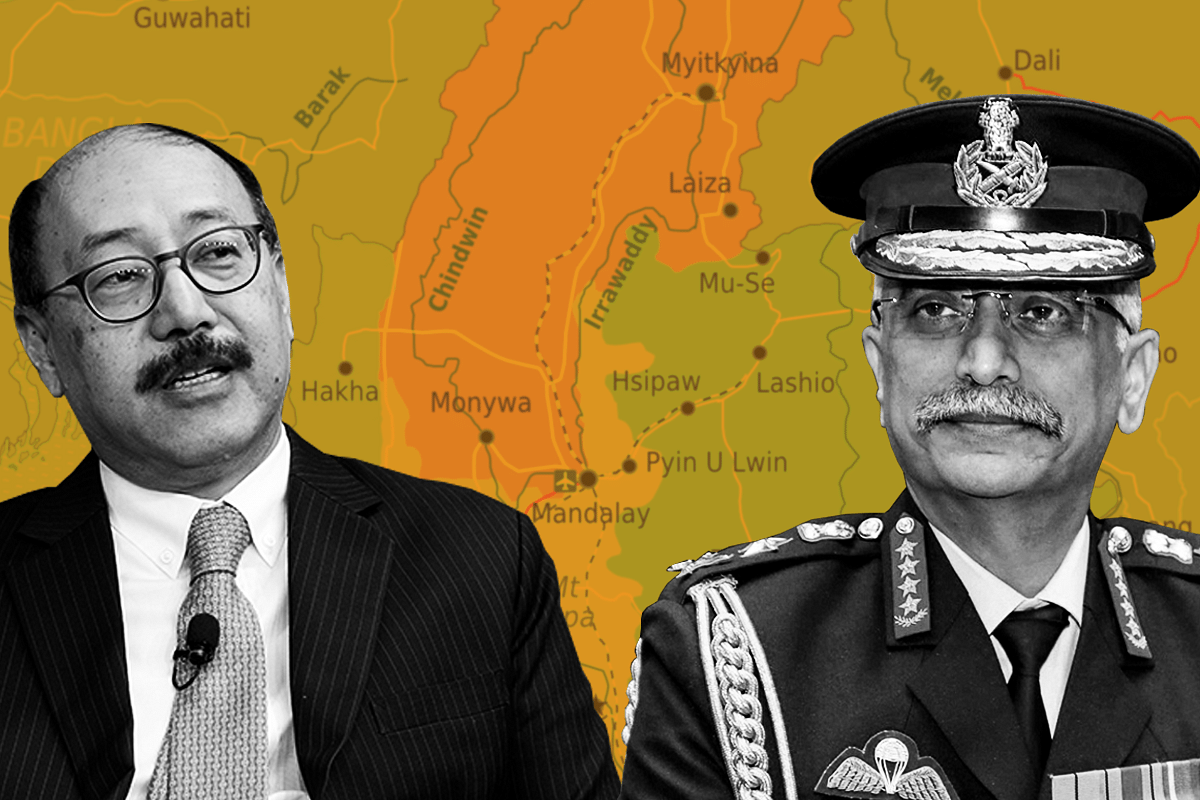
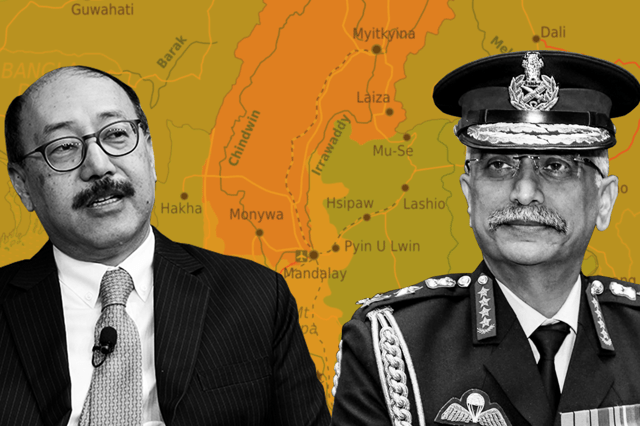




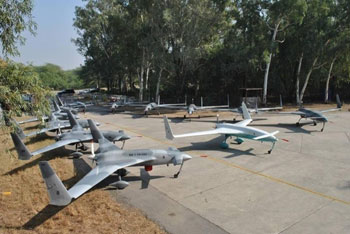
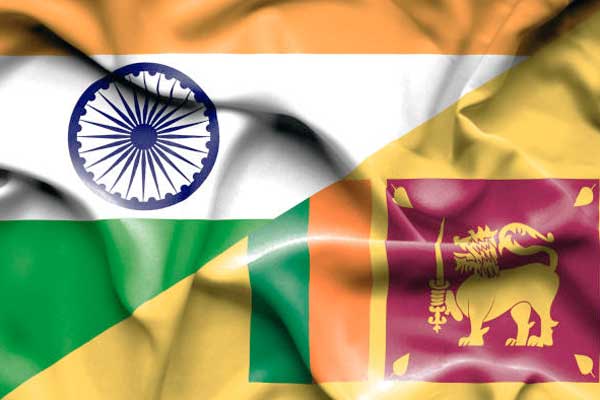

 resonantnews.com
resonantnews.com
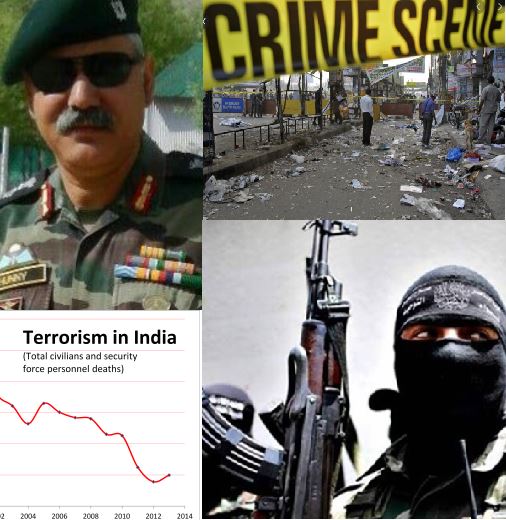
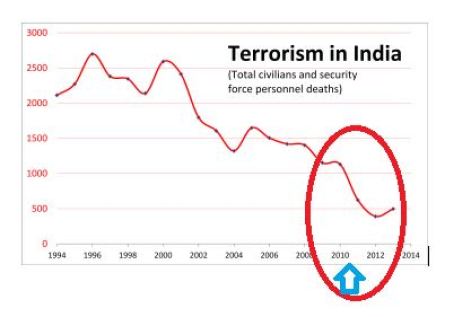
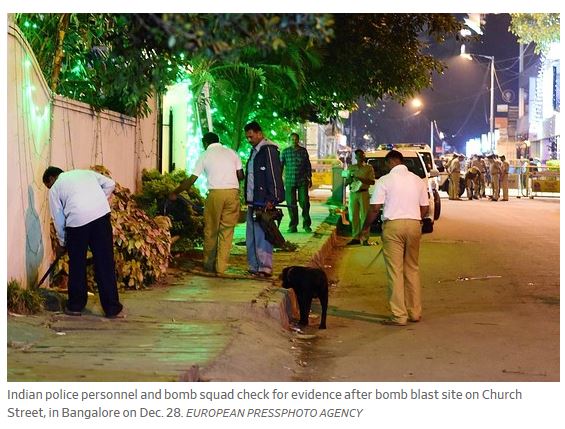
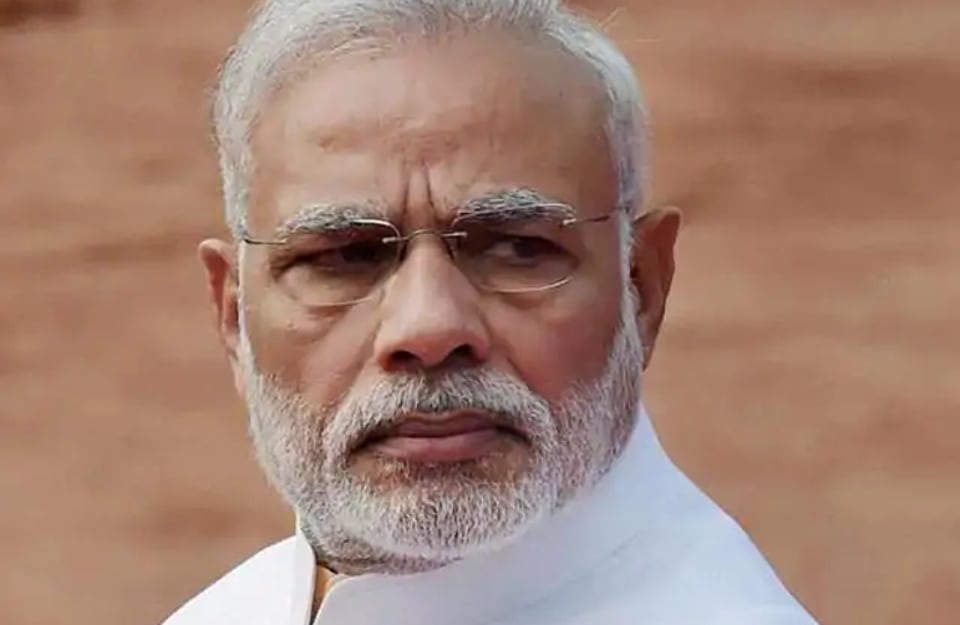
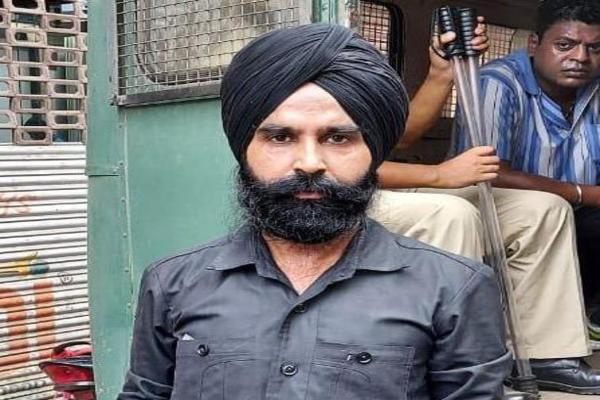
 www.opindia.com
www.opindia.com
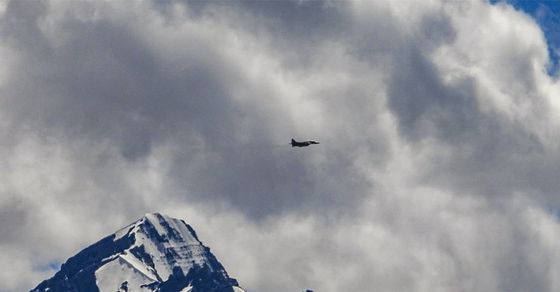


indianexpress.com
